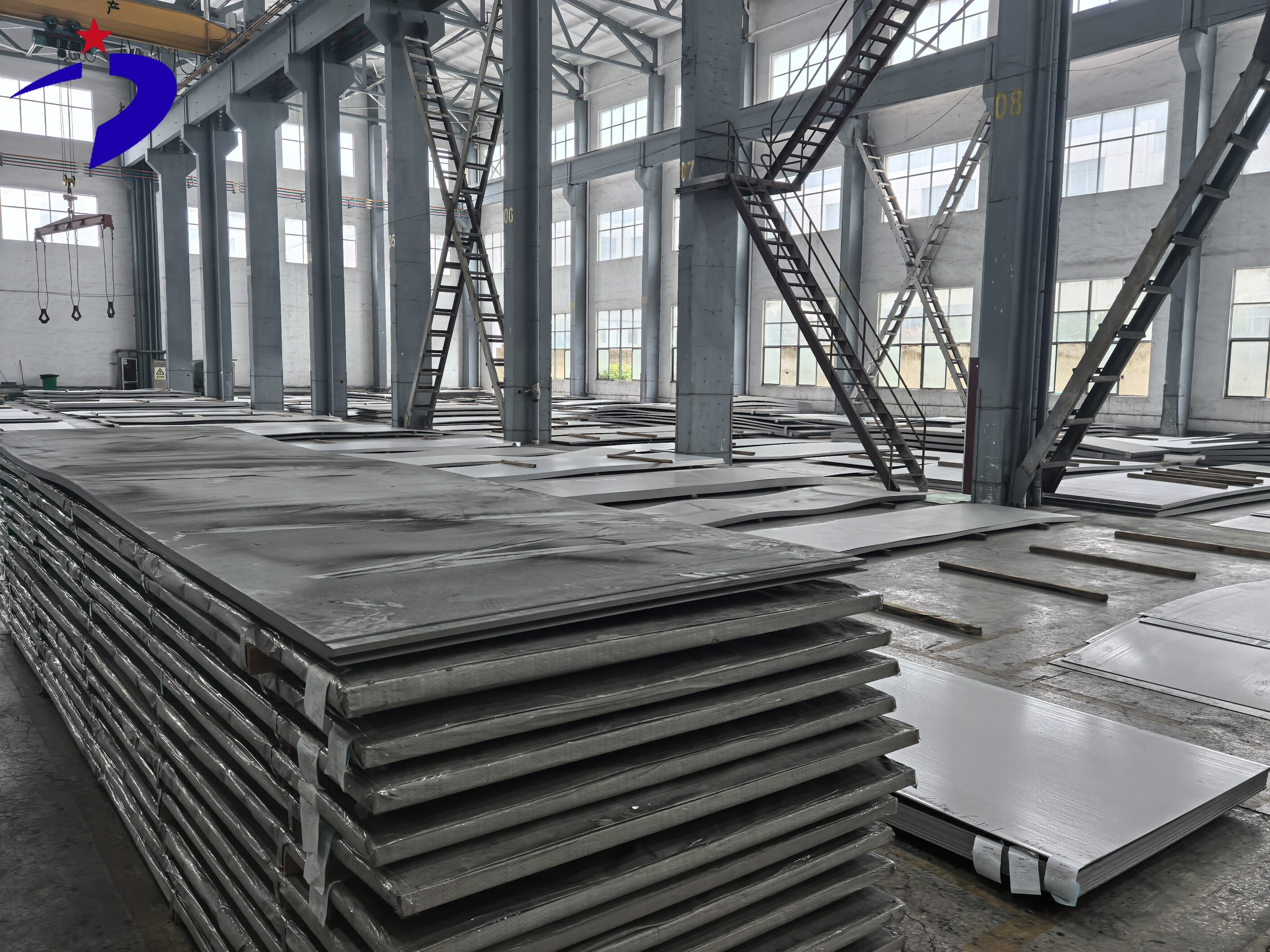NEWS

Stainless steel sheet is a special performance steel with high strength and hardness, good plasticity and toughness. According to the manufacturing method, it is divided into hot-rolled and cold-rolled, and divided into 5 categories according to the organizational characteristics of the steel type. The stainless steel sheet industry network is divided into 200 series, 300 series, and 400 series stainless steel products.
According to the manufacturing method, it is divided into hot-rolled and cold-rolled, including thin plates with a thickness of 0.5-4 mm and thick plates with a thickness of 4.5-35 mm. According to the organizational characteristics of the steel type, it is divided into 5 categories: austenite, austenite-ferrite, ferrite, martensite, and precipitation hardening. It is required to withstand the corrosion of various acids such as oxalic acid, sulfuric acid-ferrous sulfate, nitric acid, nitric acid-hydrofluoric acid, sulfuric acid-copper sulfate, phosphoric acid, formic acid, acetic acid, etc., and is widely used in chemical, food, medicine, papermaking, petroleum, atomic energy and other industries, as well as various parts of construction, kitchen utensils, tableware, vehicles, and household appliances. In order to ensure that the mechanical properties of various stainless steel plates, such as yield strength, tensile strength, elongation and hardness, meet the requirements, the steel plates must undergo annealing, solution treatment, aging treatment and other heat treatments before delivery. The surface of stainless steel plates is smooth, with high plasticity, toughness and mechanical strength, and is resistant to corrosion by acids, alkaline gases, solutions and other media. It is an alloy steel that is not easy to rust, but it is not absolutely rust-free. The corrosion resistance of stainless steel mainly depends on its alloy composition (chromium, nickel, titanium, silicon, aluminum, etc.) and internal organizational structure, and the main role is played by chromium. Chromium has high chemical stability and can form a passivation film on the steel surface, isolating the metal from the outside world, protecting the steel plate from oxidation, and increasing the corrosion resistance of the steel plate. After the passivation film is destroyed, the corrosion resistance decreases.
Navigation
Send Us A Message
